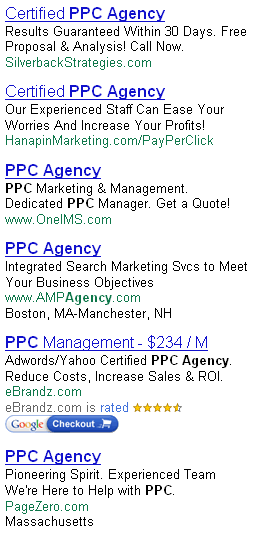
Your ad headline is the first thing people will see in the search results – assuming they notice your ad at all. To catch eyes and get clicks, it’s essential to write a headline that:
- Includes your keyword, signaling relevance to the search, while also
- Being unique and compelling, so it stands out from the crowd
Most advertisers have the first qualification down. The second part is harder; it takes cleverness and creativity to get say something interesting in just 25 characters. But better ads earn you higher click-through, so it’s worth it to invest a little more effort into your ad’s headline.
Here are some dos and don’ts to consider when writing headlines for PPC.
DON’T use a generic headline
Do a little competitive research on the keywords you plan to bid on before you write your ads, and take note of how you can separate yourself from the pack. Of the sponsored results for a search for “PPC agency,” three ads used the title “PPC Agency” and another two used “Certified PPC Agency.”
All these headlines are relevant, yes – but how is a user supposed to tell which one is most relevant? After a quick scan tells me that all the ads are relevant to my search, I’ll be looking for one that tells me a little more about the pay-per-click agency. A simple addition to the headline like “Get the Right PPC Agency” or “PPC Agency to the Stars” (you get the idea) could make a big difference.
DO anticipate the searcher’s intent
A keyword doesn’t always tell you everything. Take the query “New York bagels” – this could be a New Yorker looking for a nearby bagel shop, but it could also be an Arizona resident who can’t find good bagels locally. (This is where some deeper keyword research would be in order, to determine the geographic source of the traffic.)
If you run a bagel shop that ships nationally, and you know you’re getting traffic from all over the country, make sure your ad makes it clear that you’re not just a local bagel shop. “New York Bagels” alone doesn’t tell the whole story; “New York Bagels, Anywhere” conveys a lot with just one more word. (“Order New York Bagels” is more specific, but doesn’t let the user know what locations the shop ships to.)
DON’T waste characters
You have 25 characters to grab the searcher’s attention and convey your message. You don’t have to use every single one of those available characters every time, but you might as well use most of them. A single-word headline is dull and overly broad.
DO communicate your value prop
Use the extra characters that aren’t taken up with your keyword to tell people your value proposition: what’s unique about your business and offering. Do you offer free shipping or an unusually large selection? Are your goods handmade? Are you running a big sale? Don’t wait for people to click through to find out why they should buy from you – entice them to click with your headline.
DO try dynamic keyword insertion
This is a somewhat tricky technique, as you can end up with an ad that doesn’t make a lot of sense. But if you use it carefully, you can display a headline that’s automatically relevant to a broad range of queries. For example, Sears might set up an ad with a headline like “Save on {keyword}” that might render as “Save on Craftsman tools” or “Save on Craftsman toolset” depending on what the user types. When using dynamic keyword insertion, you’ll need to choose default text to appear if the query is too long to fit in the allotted space. Google recommends using this option only when the keywords in your ad group are all closely related.
DON’T misspell anything
This should go without saying, but it does happen. Proofread your ads before you publish them! A big old typo in your headline does not help your credibility as a business.
For even more tips and ideas, head to our impressive collection of 88 headline examples (they’re total click magnets).

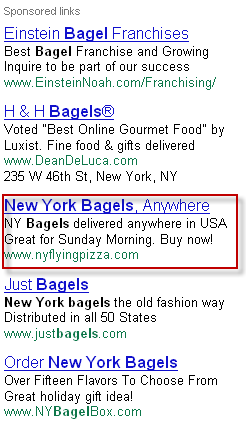
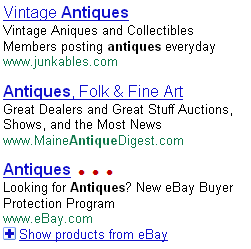
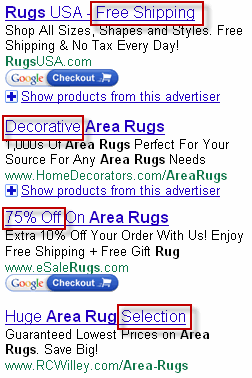
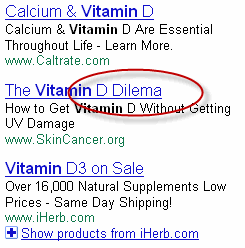
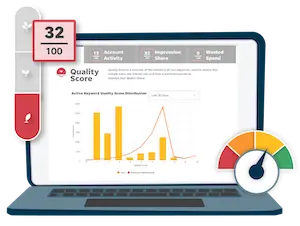







Comments
Please read our Comment Policy before commenting.